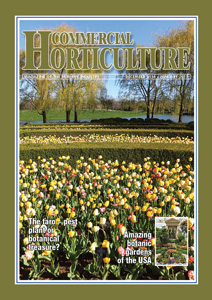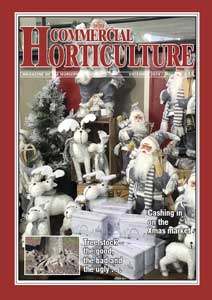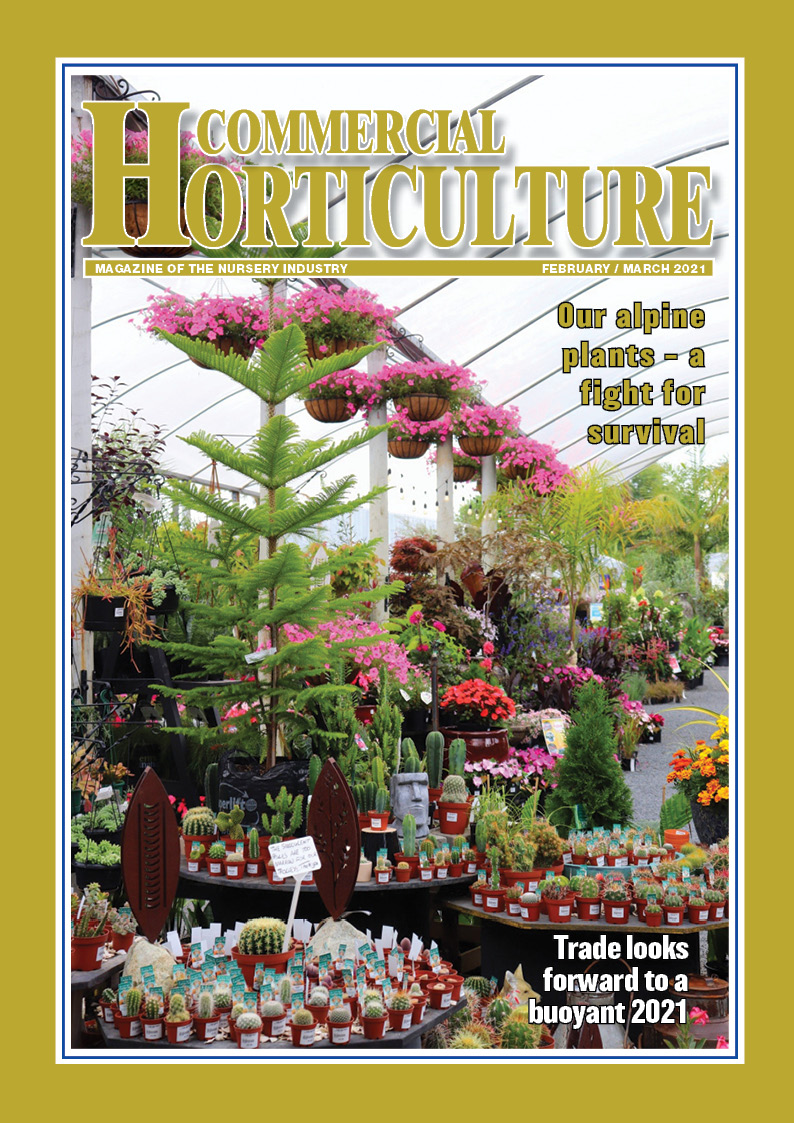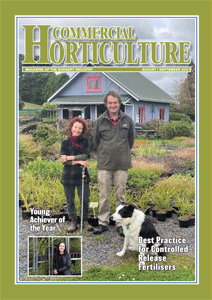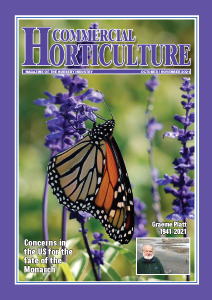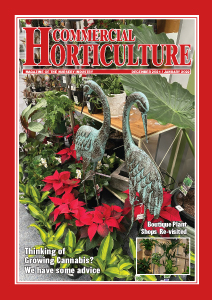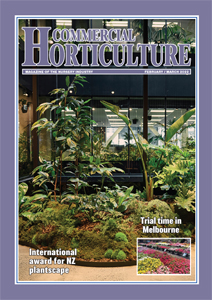Health and safety is a big talking point at the moment, with the new Health & Safety in the Workplace Act coming into effect in April 2016.
We hope this knowledge database of background information will help people understand what is required and why.
More articles will be added as they come to hand
POSTED 20 May 2016 Copyright Reference Publishing. All rights reserved
Documents are King . . .
It is now almost two months since the new Health and Safety in the Workplace Act came into force and companies throughout New Zealand have been busy setting up health and safety programmes – or at least they should have been.
Reference Publishing has been getting quite a lot of feedback from the market on these matters, having produced a Starter Pack of forms and information to help companies work through setting up health and safety programmes.
While many companies have started the process towards compliance, there are clearly thousands who haven’t, mainly it seems because they just don’t know where to start.
Reference Publishing recently had the chance to present its Starter Pack to an audience of 13 accounting firms – and was surprised to learn that only a few had actually put in place a properly documented health and safety programme. True, an accountant’s office would not be the most dangerous of workplaces but the new Act applies nonetheless. At the very least, offices need a written Emergency Plan and there are specific requirements regarding providing access to First Aid should something go wrong.
Why documentation is so important
The key thing managers and others need to remember about the new Health & Safety Act is its requirement for detailed documentation. It is no longer enough to just go through the process of building a health and safety programme for a company or worksite – the process and the programme must be documented as well.
The documents needed would include such things as a register of potential worksite hazards and other safety issues and what is being done or has been done about them; minutes of staff health and safety meetings, briefings or training; registers of dangerous goods on site, copies of safety data sheets and so on.
Health and Safety documents are a company’s D-I-C -- where D is for defence, I for Insurance and C is for CV.
Let’s look at these in more detail . . .
Defence
If something goes wrong in your workplace and you find yourself in Court your documents are your real defence. There are already instances under the old Act where companies who have had a health and safety programme in place have been fined because it wasn’t properly documented.
Also, you cannot contract out of your obligations under this Act. You cannot say ‘I hired a professional firm of consultants and we did what they said so it’s their fault not ours.’
The Act states: “No contracting out. A term of any agreement or contract that purports to exclude, limit, or modify the operation of this Act, or any duty owed under this Act, or to transfer to another person any duty owed under this Act — (a) has no effect to the extent that it does so . . .”
Insurance
Neither can you insure against being fined under this Act. It is illegal to do so and carries penalties.
The Act states: “Insurance against fines unlawful. (1) To the extent that an insurance policy or a contract of insurance indemnifies or purports to indemnify a person for the person’s liability to pay a fine or infringement fee under this Act,—
(a) the policy or contract is of no effect; and
(b) no court or tribunal has jurisdiction to grant relief in respect of the policy or contract, whether under section 7 of the Illegal Contracts Act 1970 or otherwise.
(2) A person must not—
(a) enter into, or offer to enter into, a policy or contract described in subsection (1); or
(b) indemnify, or offer to indemnify, another person for the other person’s liability to pay a fine or an infringement fee under this Act; or
(c) be indemnified, or agree to be indemnified, by another person for that person’s liability to pay a fine or an infringement fee under this Act; or
(d) pay to another person, or receive from another person, an indemnity for a fine or an infringement fee under this Act.
(3) A person who contravenes subsection (2) commits an offence and is liable on conviction,—
(a) for an individual, to a fine not exceeding $50,000:
(b) for any other person, to a fine not exceeding $250,000.”
It was interesting to note that one of the accountants at the Reference Publishing presentation, unaware of the above prohibition, was in good faith already in the midst of arranging just such insurance through his broker.
So again, if you can’t insure through your insurance company, your documents become your insurance against being prosecuted when something goes wrong.
If there is an incident or accident at your worksite these documents are your evidence that you have done such things as:
- Looked for and identified potential hazards and safety issues in your workplace.
- Where these hazards cannot reasonably be eliminated, taken steps to isolate or minimise them.
- Informed staff and others about the hazards and provided training where appropriate.
- Regularly re-visited and reviewed what you have done.
Documents containing evidence of this nature would have a bearing on whether proceedings against you would be initiated or not and if they were, would probably have a mitigating affect on the outcome.
Your Health and Safety CV
As they build up, your documents become your Health & Safety CV. They are your record of what you have done and where you are heading.
These documents, your health and safety programme and good safety record, are assets for your company. If you wanted to sell your company sometime in the future they would become important because potential buyers would not want to buy into a company that would immediately expose them to risk of prosecution if something went wrong.
A couple of final points: first, because your health and safety documents are so important, don’t throw any of them away. Keep old working documents and notes, pop them in a folder or ring binder – you don’t know what scrap of evidence might be needed.
Second, from time to time make back-up photocopies of your documents and keep them somewhere offsite just in case the originals get damaged or go missing for whatever reason.
Finally, remember the old legal saying: “The person with the best paperwork wins . . .”


